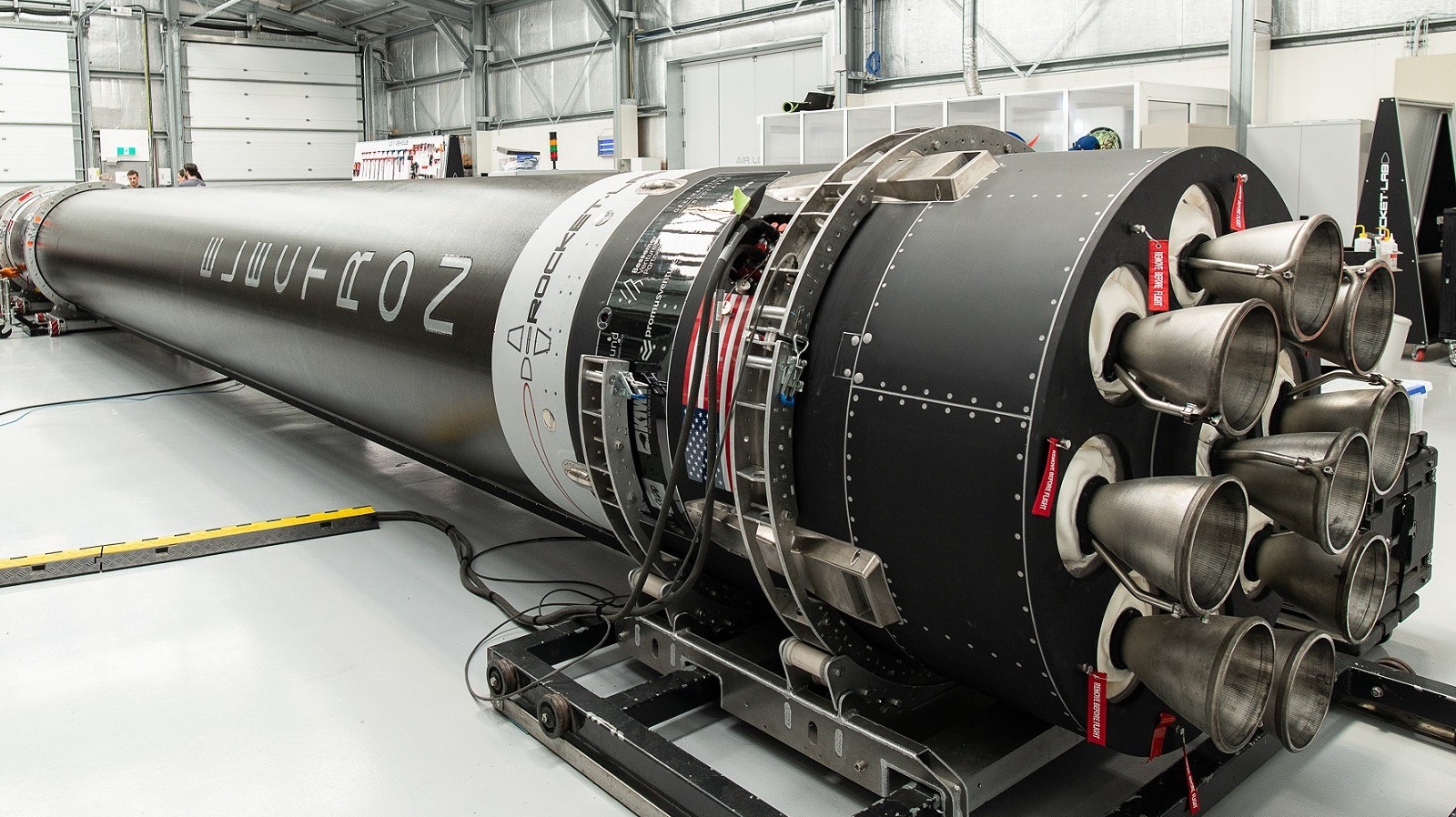
The Electron rocket launch system is capable of delivering payloads weighing up to 330 pounds at a peak altitude of around 310 miles. The second stage, which pushes the payload, relies on a Rutherford Vacuum Engine for propulsion, while the reusable first stage packs nine Rutherford Sea Level Engines, with each unit generating 5,600 LBF pound-force.
Just over two minutes after the launch, the Electron rocket’s second stage will separate and continue its ascent to the orbit with the payload inside. The first stage, which is going to withstand a temperature of up to 4,352 degrees Fahrenheit as it falls down with a speed of over 5,150 miles per hour, will deploy its parachute system five minutes after separation. The parachute will slow down the fall speed to a much more manageable 22 miles per hour, at which point a helicopter will swoop in at the same speed to catch it mid-air. The catching part is handled by a customized capture hook attached to a Sikorsky S-92, which is a twin-engine helicopter that is capable of flying at a speed of 190 miles per hour and carrying huge payloads.
The company says its first “There And Back Again” mission was successful, as the recovered and refurbished Rutherford engine passed all the pre-launch quality tests. The ultimate goal is to capture the engine assembly in such a shape that it can be used for repeat missions without requiring much work.
Stay connected with us on social media platform for instant update click here to join our Twitter, & Facebook
We are now on Telegram. Click here to join our channel (@TechiUpdate) and stay updated with the latest Technology headlines.
For all the latest Automobiles News Click Here
